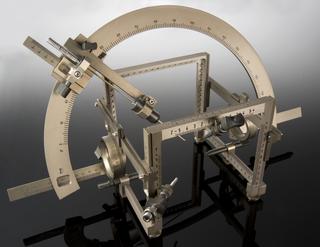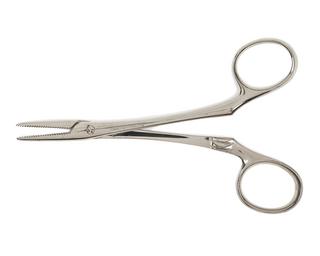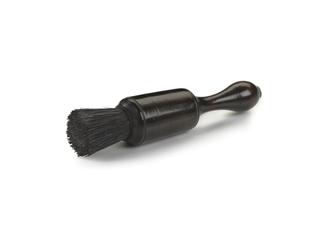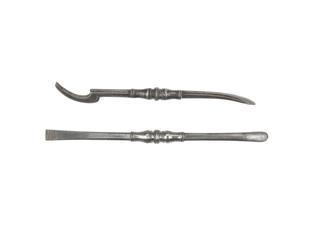

Falciform amputation knife with ornate bone handle, c. 1550
The curved sickle shape of this amputation knife is known as ‘falciform’. Such early amputation knives tend to be curved in accordance with the prevailing technique of the time, which was to cut through the skin and muscle in a circle directly around the bone – which would then be sawn through. From the early 1800s, amputation knives tend to be straight as this was a more suitable shape for the by then preferred flap technique – in which a flap of skin was retained so that it could then be folded over the limb stump. The ivory handle of this example is carved into a shape of a wolf's head.
Details
- Category:
- Surgery
- Collection:
- Sir Henry Wellcome's Museum Collection
- Object Number:
- A648001
- Materials:
- blade, steel, handle, bone and handle, brass
- type:
- amputation knife




